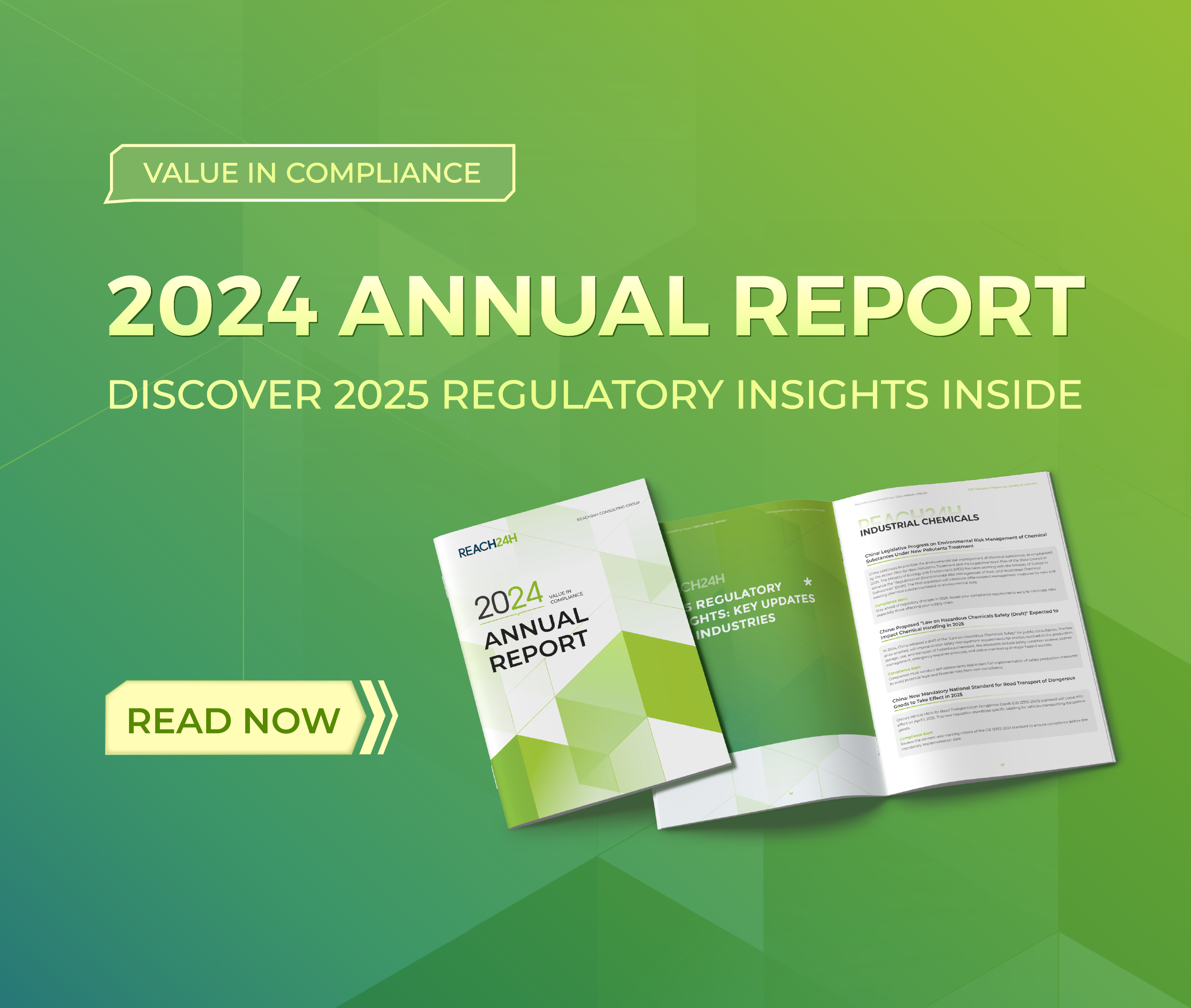Understanding New Zealand’s HSNO Act: Hazardous Substances and New Organisms Act 1996
What Is New Zealand’s HSNO Act
New Zealand’s Hazardous Substances and New Organisms Act 1996 (HSNO Act) governs the management of hazardous substances within the country. Administered by the Environmental Protection Authority (EPA), this regulation ensures that hazardous chemicals are imported, manufactured, stored, transported, and disposed safely. A major regulatory reform in December 2017 shifted workplace hazardous substances management under the Health and Safety at Work Act 2015, leaving HSNO to focus on environmental and public safety aspects.
Who Needs to Comply with the HSNO Act?
Companies involved in the handling of hazardous substances in New Zealand must adhere to HSNO requirements, including:
-
Importers bringing hazardous chemicals or chemical-containing products to New Zealand.
-
Manufacturers manufacturing hazardous chemicals domestically.
Scope of the HSNO Act
HSNO applies to a wide range of hazardous substances, mixtures, and products that fall under the following categories:
-
Explosive substances (including fireworks)
-
Flammable substances
-
Oxidizing agents (substances that enhance combustion)
-
Corrosive substances
-
Toxic substances (acute or chronic toxic to human)
-
Ecotoxic substances (harmful to the environment with or without bioaccumulation potentials)
-
Reactive substances (triggering hazardous reactions when in contact with air or water)
However, HSNO does not apply to the following:
-
Hazardous substances used exclusively in exempt laboratories
-
Radioactive substances (unless they also have flammable, explosive, corrosive, toxic, or ecotoxic properties)
-
Medicines regulated under pharmaceutical laws
-
Food products
-
Infectious substances covered under separate biological hazard regulations
-
Non-hazardous substances
Regulatory Authorities of Hazardous Substances and New Organisms Act
The key agencies overseeing HSNO compliance include:
-
Ministry for the Environment (MfE) – Provides overarching environmental policy direction.
-
Environmental Protection Authority (EPA) – Evaluates and approves hazardous substances for use in New Zealand.
Compliance Requirements
1. Product Approval & Hazard Classification
Before importing, manufacturing, or using hazardous chemicals, relevant companies must obtain HSNO approval and a corresponding approval code. There are two main types of approvals:
-
Single Standard Approvals – For individual substances or products with unique hazard profiles.
-
Group Standard Approvals – For products that share similar hazards and uses.
Relevant companies can check the EPA database to identify the relevant approval code based on the product’s use, composition, and hazard classification. New Zealand follows GHS-based classification standards under HSNO.
2. New Substance Notification
If a chemical contains a hazardous ingredient that is not listed in the New Zealand Inventory of Chemicals (NZIoC), relevant companies must notify the EPA before the first import or manufacture. The EPA will review the notification within 15 working days, and if approved, the substance will be added to the NZIoC.
The NZIoC is a national inventory tracking hazardous and non-hazardous substances introduced to New Zealand since June 30, 2006.
3. New Approval Applications
For products that do not match existing approvals, relevant companies must submit a new approval application to the EPA. This process involves hazard assessments and regulatory review to determine safe usage conditions.
Our Regulatory Compliance Services
Navigating HSNO compliance can be complicated, and expert support ensures efficient and accurate compliance with regulations. Our services include:
-
New Substance Notification Assistance – Managing submissions for chemicals not listed in NZIoC.
-
Approval Code Matching & Database Searches – Identifying the correct approval category for your product.
-
Safety Data Sheet (SDS) and Label Preparation – Ensuring compliance with New Zealand’s GHS labeling standards.
-
New Approval Applications – Handling the application process for unapproved hazardous substances.
-
Testing Strategy & Oversight – Developing test plans and coordinating laboratory evaluations.
-
Regulatory Training & Compliance Updates – Keeping relevant companies informed on HSNO regulatory developments.
Conclusion
Compliance with New Zealand’s HSNO Act is essential for companies dealing with hazardous substances. Understanding classification requirements, obtaining approvals, and fulfilling notification obligations will ensure safe and lawful operations. Professional regulatory support can streamline compliance processes and reduce risks associated with hazardous chemical management in New Zealand.

